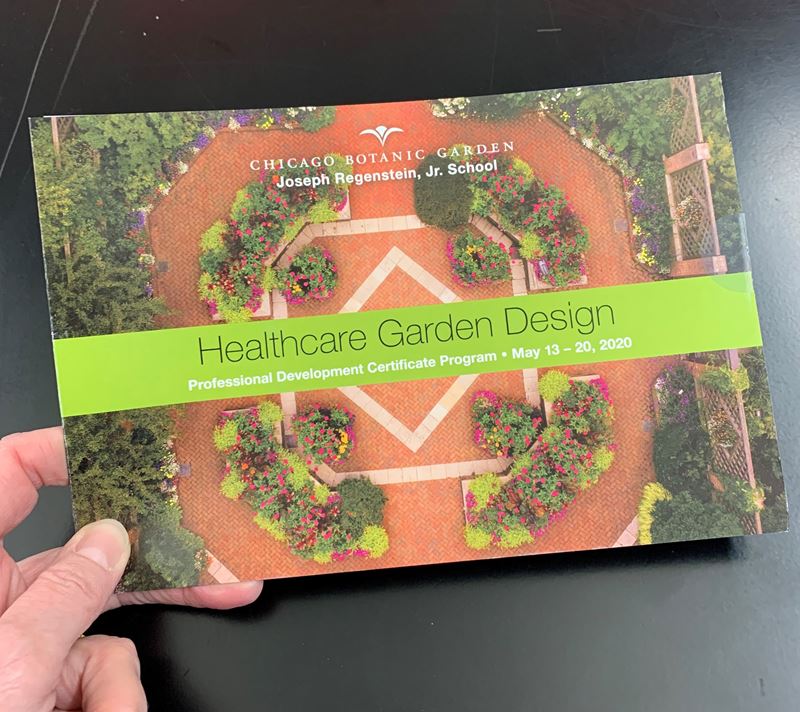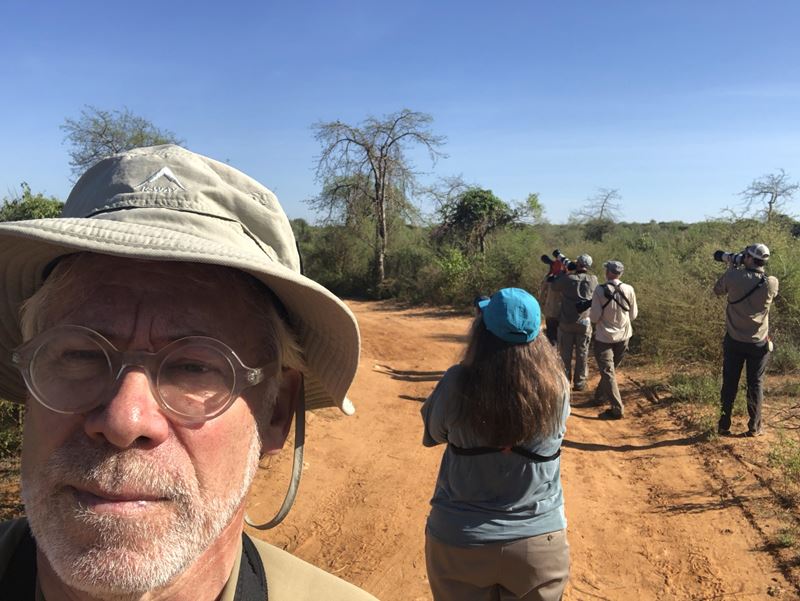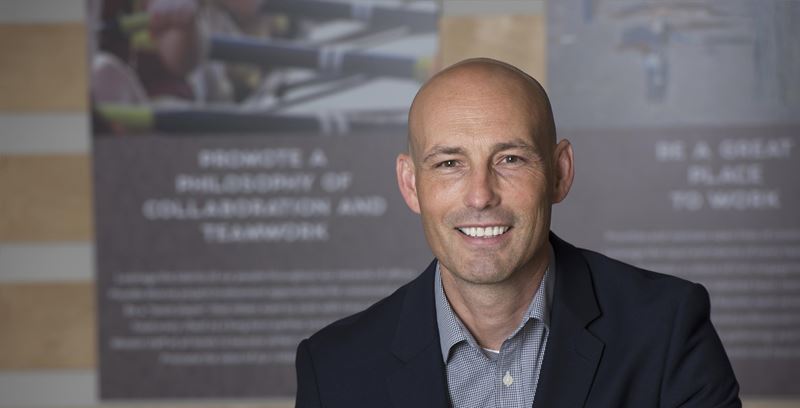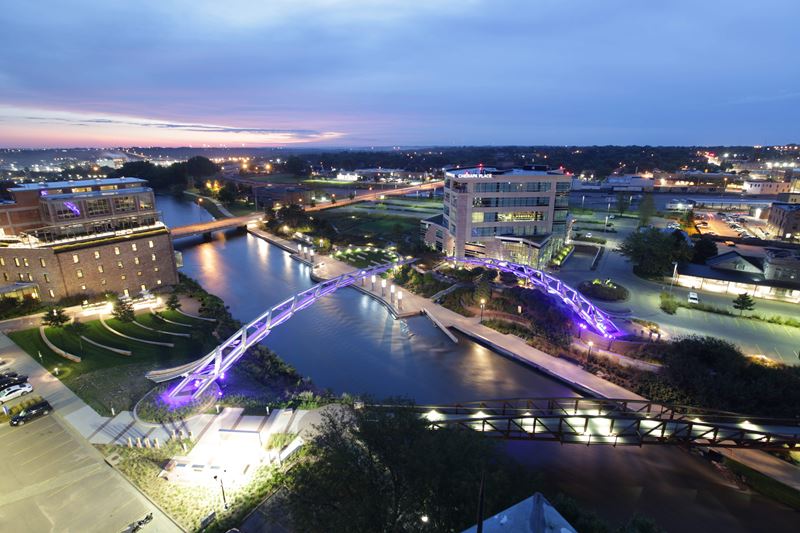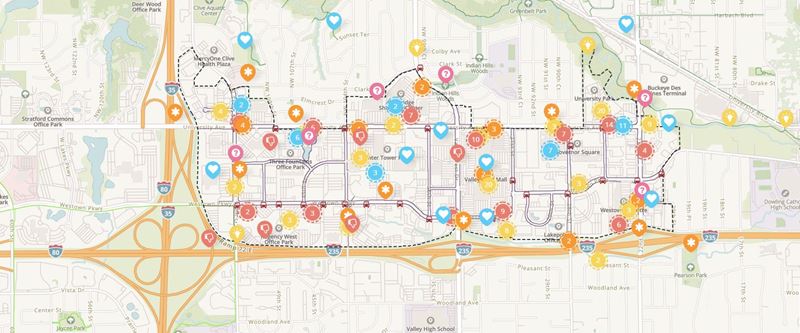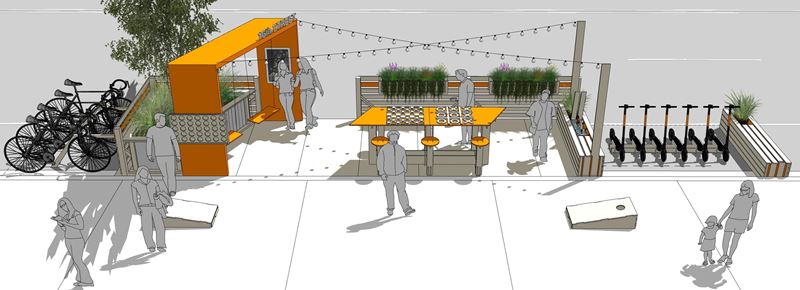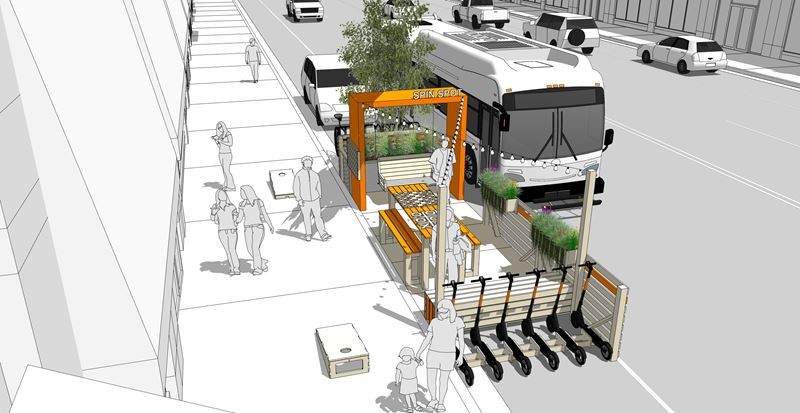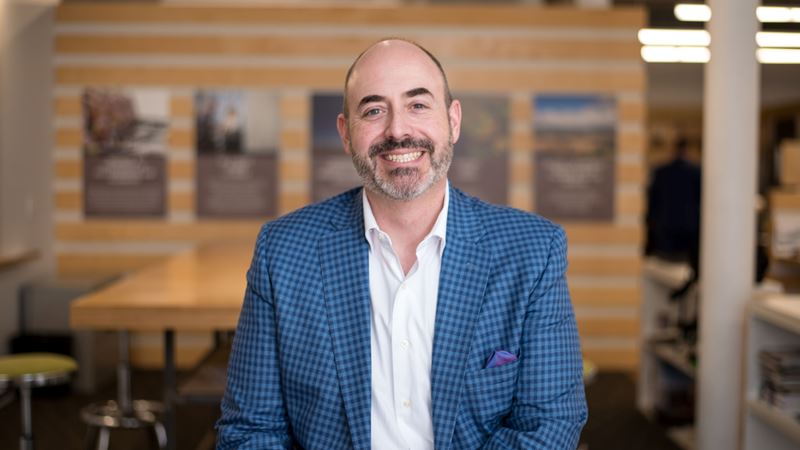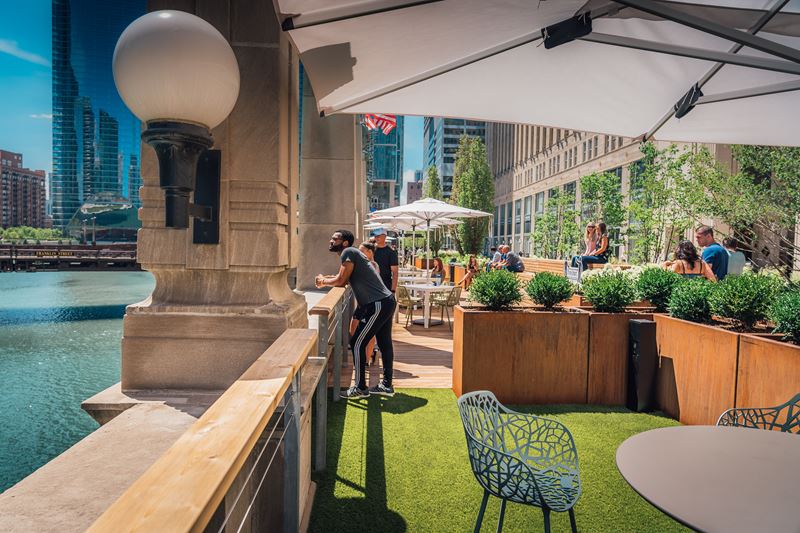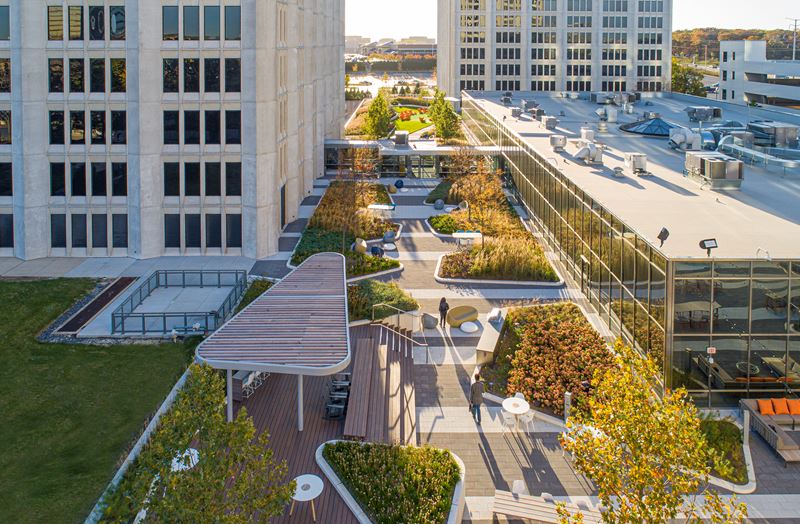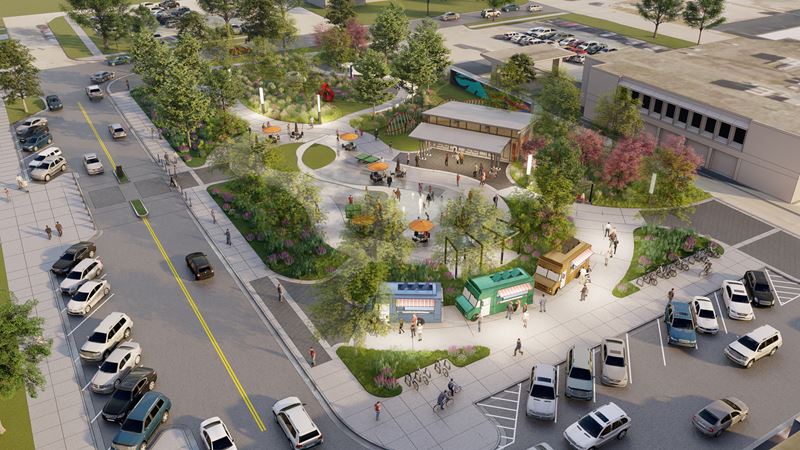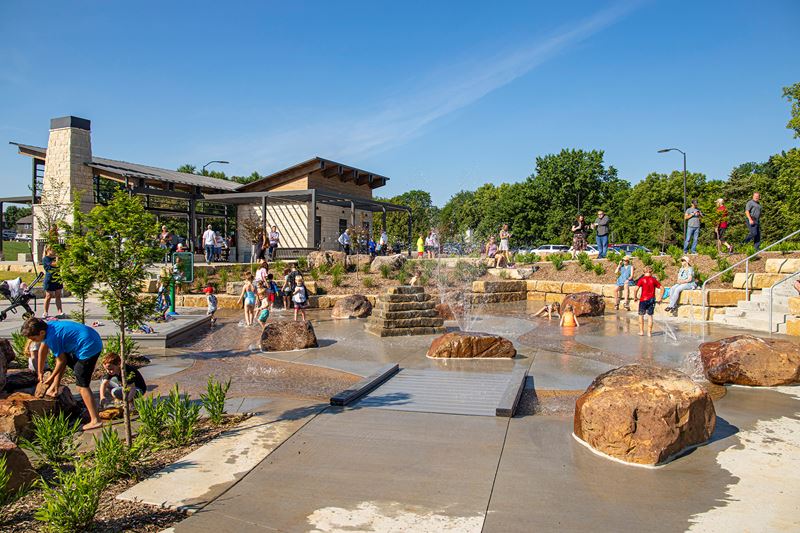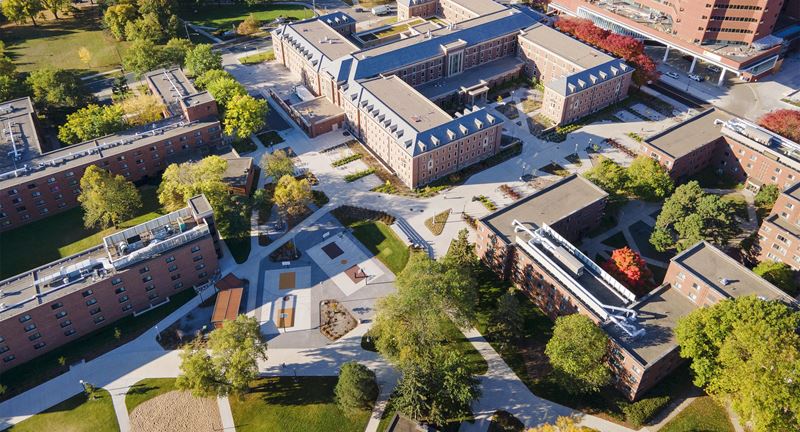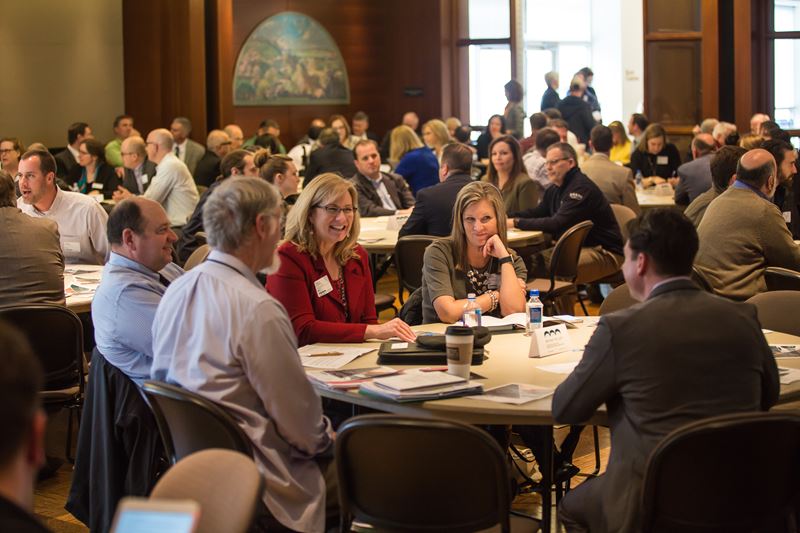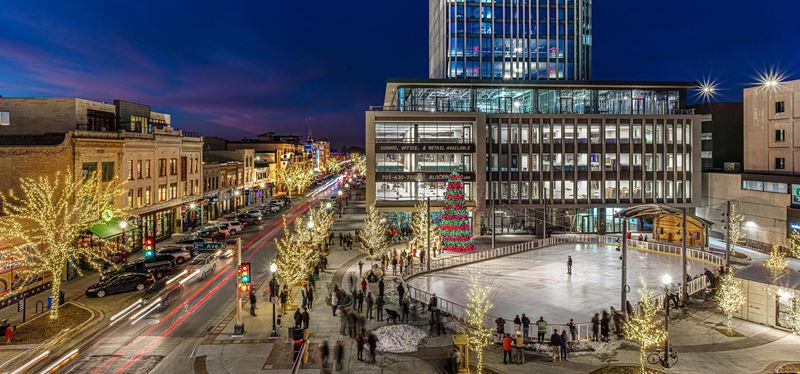
Insight
Watershed Moments
Tuesday, January 18, 2022
By Chris Cline and Matt Evett
“Go green” isn’t just a trendy slogan you might see on a hybrid car bumper sticker or reusable grocery bag – it’s a pressing global movement. We need to protect our environment for ourselves and future generations, which means strategizing ways to implement sustainable practices in all facets of our lives. For landscape architects, this means utilizing green infrastructure in our work whenever possible.
Green infrastructure is of vital importance to address climate change, protect wildlife and their habitats, and improve the health and quality of life of our communities. Stormwater may not always make headlines or catch eyes at a public park, but this critical piece of our infrastructure system is key to maintaining the health and resiliency of a city. By thinking creatively, the Confluence team recently led the development of an innovative integrated stormwater retention and beautification effort adjacent to Kansas City University (KCU) that is slated to begin construction later in 2022.
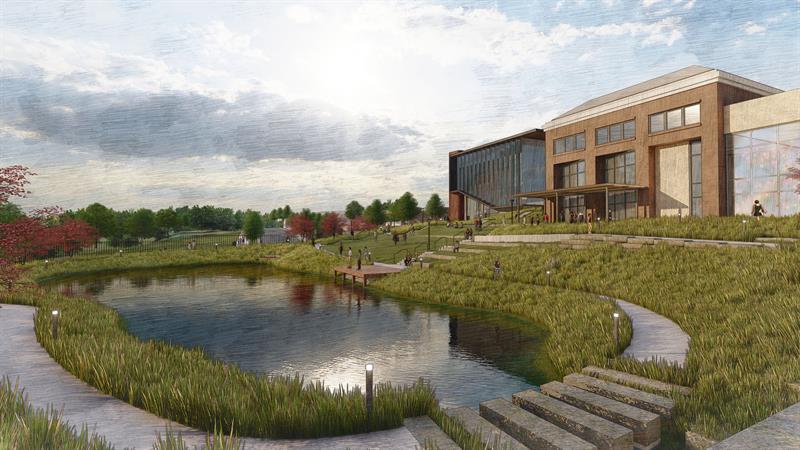 As a part of the University’s campus master planning efforts, Confluence was exploring campus growth potential while also pursuing creative ideas for integrating stormwater management into the planning process. Kansas City’s Parks and Recreation Department was designing an intersection reconfiguration project adjacent to the campus on The Paseo, which was anticipated to relocate the roadway further from KCU’s campus. This created an adjacent parcel of land with the ability to capture upstream runoff, while also creating a beautification opportunity at the entrance to the campus. What began as a conceptual idea soon morphed into the most unique public-private partnership in Kansas City stormwater history between KCU, the Parks Department, and Kansas City’s Water Services.
As a part of the University’s campus master planning efforts, Confluence was exploring campus growth potential while also pursuing creative ideas for integrating stormwater management into the planning process. Kansas City’s Parks and Recreation Department was designing an intersection reconfiguration project adjacent to the campus on The Paseo, which was anticipated to relocate the roadway further from KCU’s campus. This created an adjacent parcel of land with the ability to capture upstream runoff, while also creating a beautification opportunity at the entrance to the campus. What began as a conceptual idea soon morphed into the most unique public-private partnership in Kansas City stormwater history between KCU, the Parks Department, and Kansas City’s Water Services.
This new green infrastructure will collect redirected stormwater runoff from the entire KCU campus and portions of the adjacent roadways, removing approximately 40 acres from the City’s combined sewer overflow system. Confluence is working with the Parks Department and the University to finalize the phased construction plans early in 2022, with early portions of the project anticipated to be constructed as part of the Parks Department’s roadway project. A subsequent phase of construction by the University will complete the project and put this green infrastructure into use for the community’s benefit.
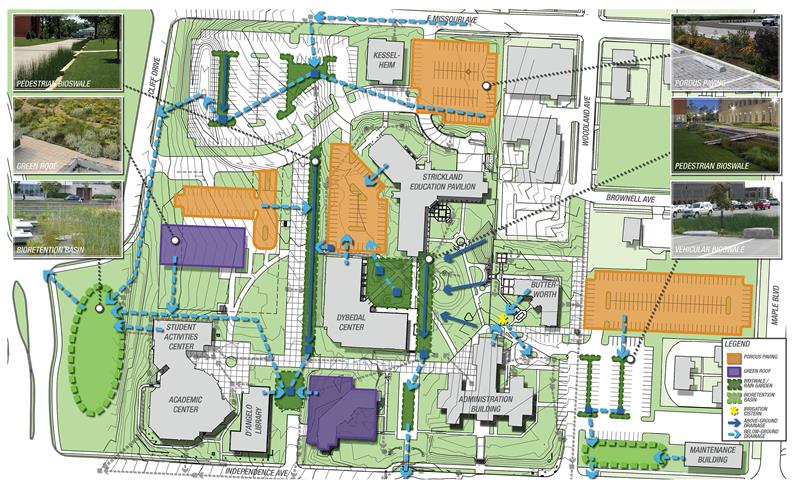
This system will use a smart outflow device with weather forecasting, allowing the water level of the two-tiered pond to be reduced in advance of a storm to allow upstream rainfall to be captured. This project has potential to become a model for use on other large campus projects in urban settings, providing flexibility to address stormwater and aesthetics while also promoting sustainability and resiliency of our infrastructure systems.
A different strategy was used a few states away in St. Paul, Minnesota for the Ryan Company’s Highland Bridge mixed-use development. Located on the site of Ford Motor Company’s former Twin Cities Assembly Plant, Confluence led a collaborative design process to envision 55 acres of public parks and public realm serving this planned 120+ acre development
When the Ford plant was originally constructed, a creek that once flowed through the site and out to the adjacent Mississippi River was placed into pipes and buried beneath a railroad track spur that fed raw materials to the plant while also transporting finished cars to locations throughout the country. The land has been a brownfield since the plant was shuttered and required significant cleanup efforts. Restoring the creek as a functional centerpiece for the community became a driving force of our team’s design efforts, encouraging uses like summer kayaking and winter ice skating among other activities.
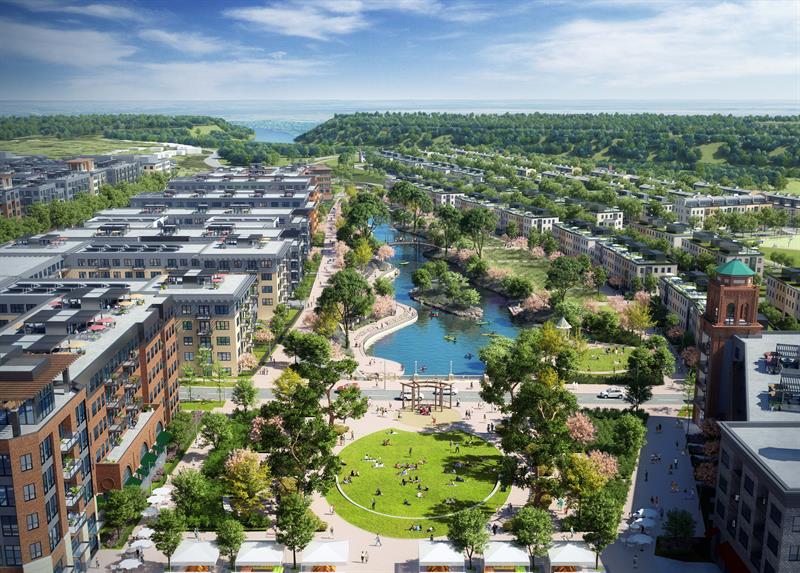
Our team developed the master plan for all the parks and open space areas throughout the community while integrating advanced green infrastructure improvements, native vegetation, bioengineering solutions, reuse of native limestone, and water. Highland Bridge is anticipated to become the most sustainable new development in Minnesota’s history. These park spaces are nearing construction completion, and very soon new residents of single-family and mixed-use multi-family housing will have access to enjoy these fantastic, yet functional improvements.
Ultimately, we only have one earth, and we believe it is our responsibility to take care of it through the use of many different strategies and methods. Implementing green infrastructure into our design plans and projects is an effective way to protect not only our natural environment, but ourselves and communities.

